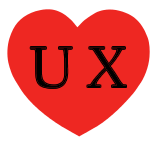UXLx is back: 12 to 15 May 2026
Meet me at UXLxWhy not travel to Lisbon, Portugal, enjoy the sun and the sea - and attend the User Experience Design Conference? Last time it was a blast, and I am looking forward to meet you there again!
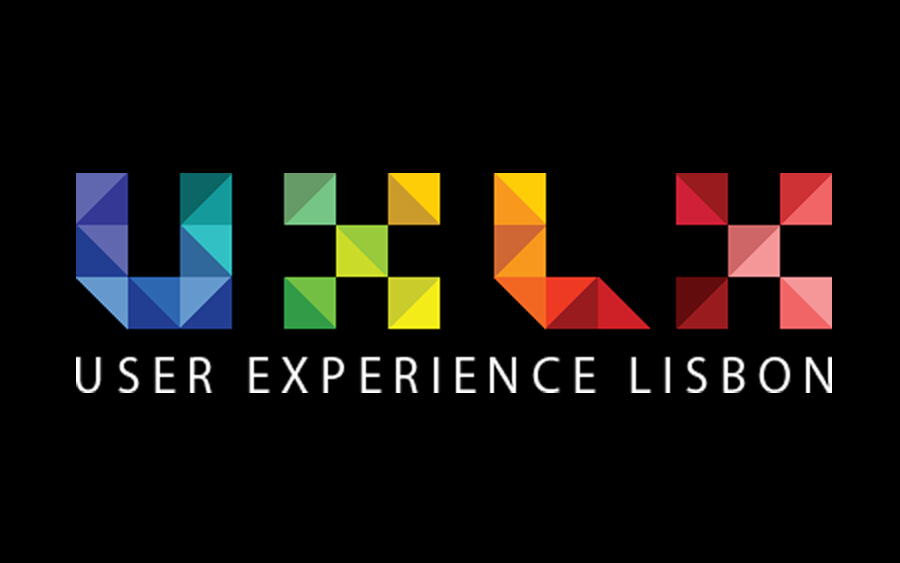
Why not travel to Lisbon, Portugal, enjoy the sun and the sea - and attend the User Experience Design Conference? Last time it was a blast, and I am looking forward to meet you there again!
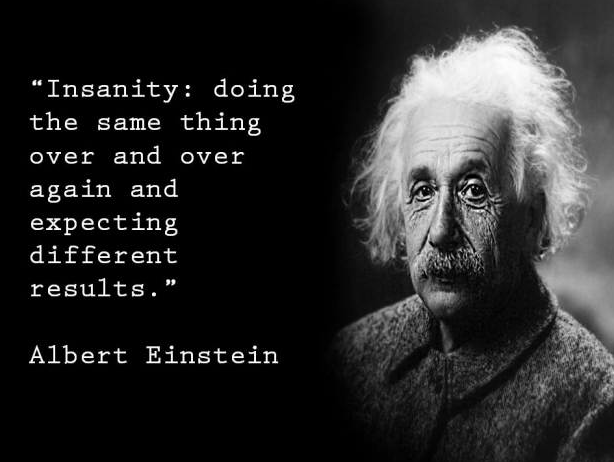
In my projects of the last years I found 10 general, enlighting answers I want to share with you.

Wanted: Ladies in user experience design to meetup locally. You are welcome to join if do do anything related to user experience design.
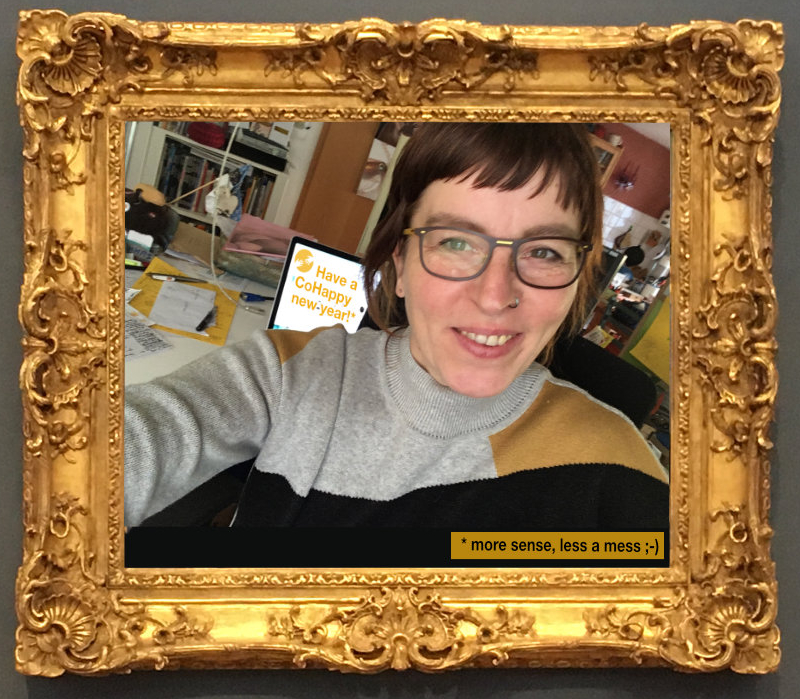
Working Products in Hamburg, Tallinn’s Design Festival, or the Talk UX conference in Taipei?
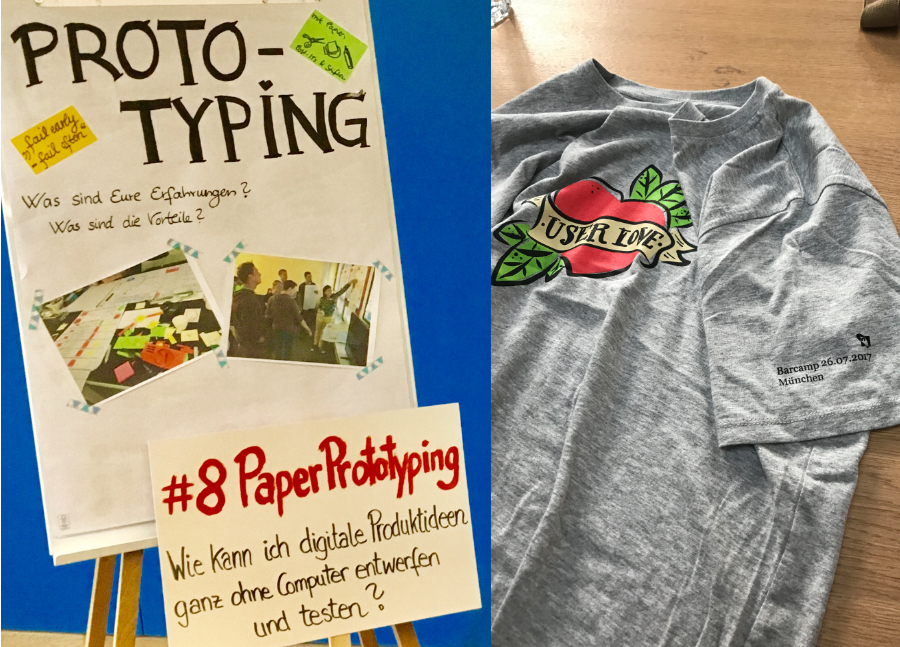
I was invited to the user love barcamp for a workshop in paper prototyping and user testing. Here I explain the full process so that you can benefit, too.
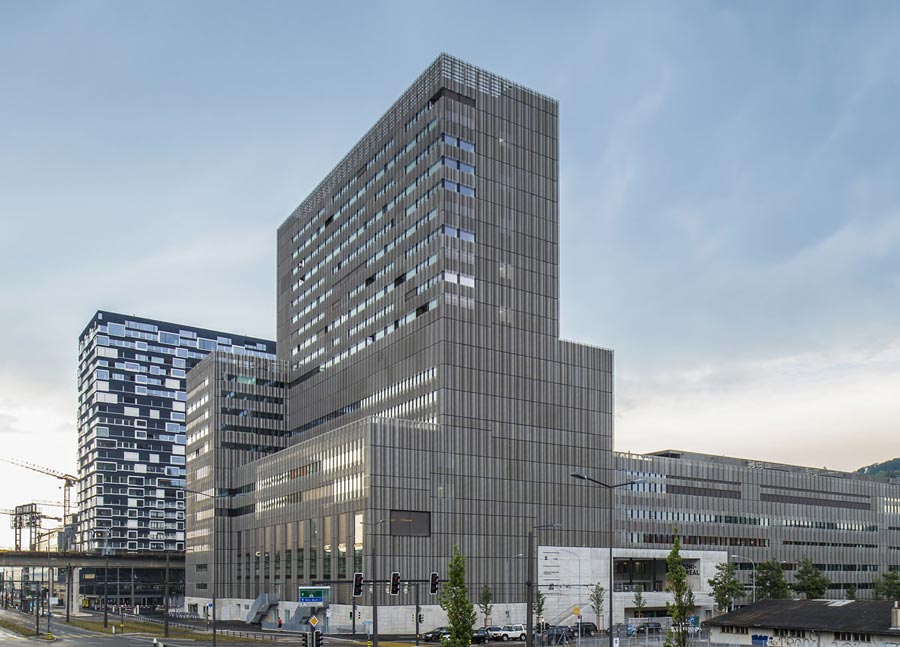
This year's World Information Architecture Day (WIAD) was celebrated in 57 locations in 28 countries. But what is IA about?!
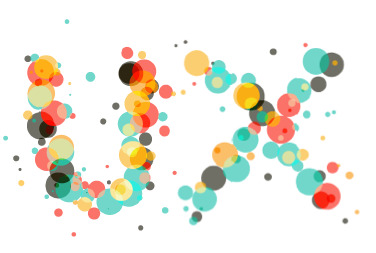
When I participated in the annual conference Usability in Germany, it made me think about how to get most out of the variety of interesting topics.
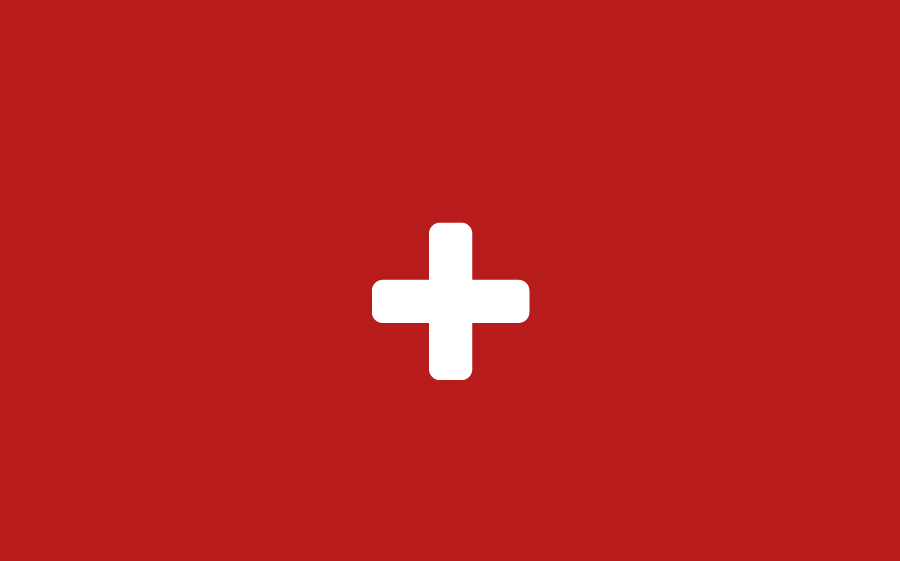
"Unlike a traditional conference, a BarCamp is an event which is shaped by the attendees." Sounds interesting? Find out which barcamp or unconference is for you!
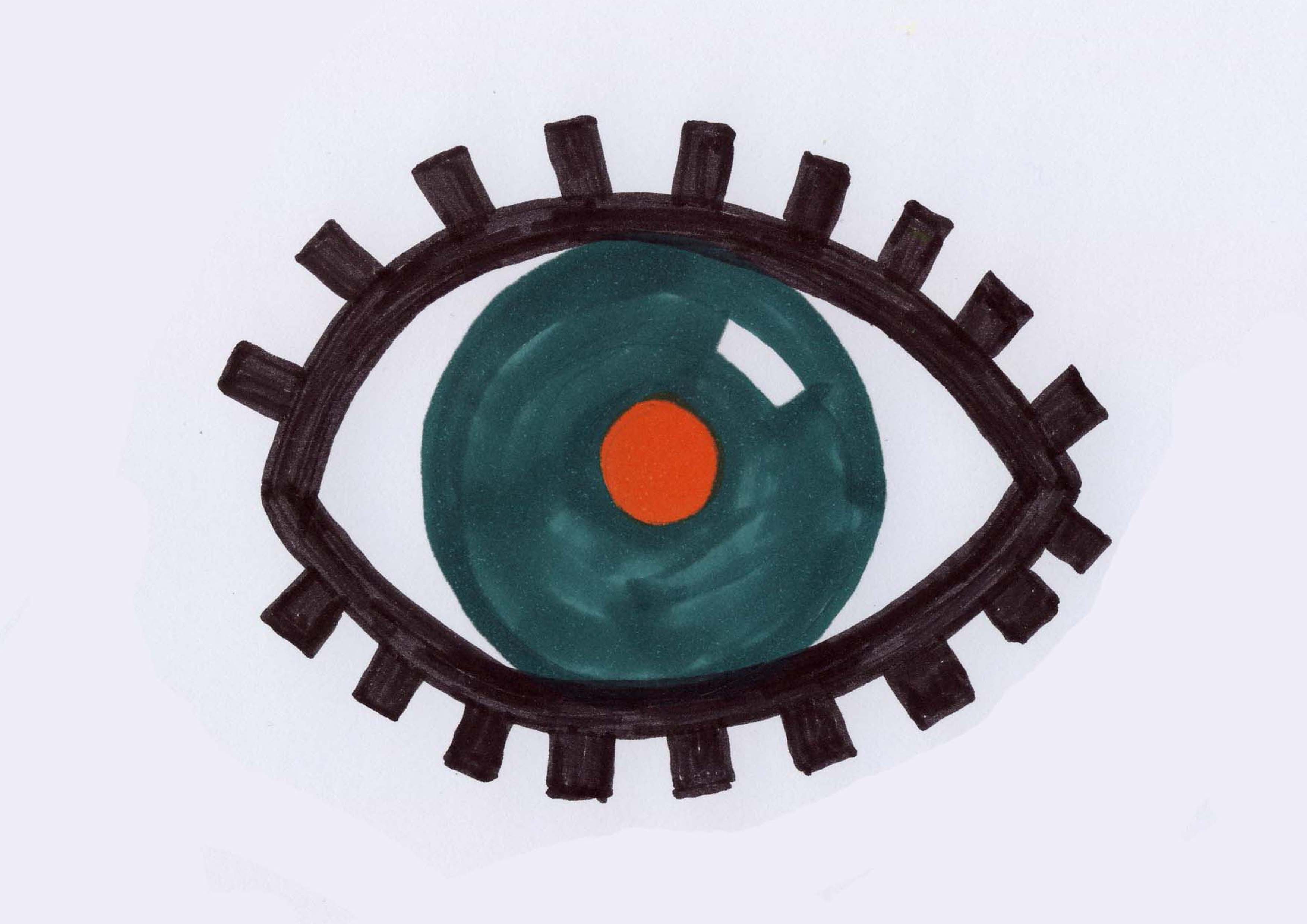
Don't be afraid, visualising isn't that hard. I'd love to share a little story how sketching can enrich also your everyday life.
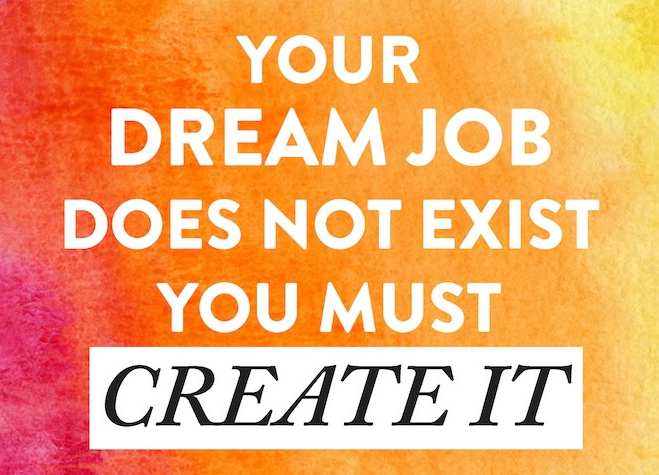
It's been a while that I quit my job as a senior information developer. What made me run away, and what kind of challenge was I looking for?

Do you remember Cindy Lauper`s love song True Colors? Actually, this post is about boxes psychologist and recruiters want to lock us in. Check out if they are right!
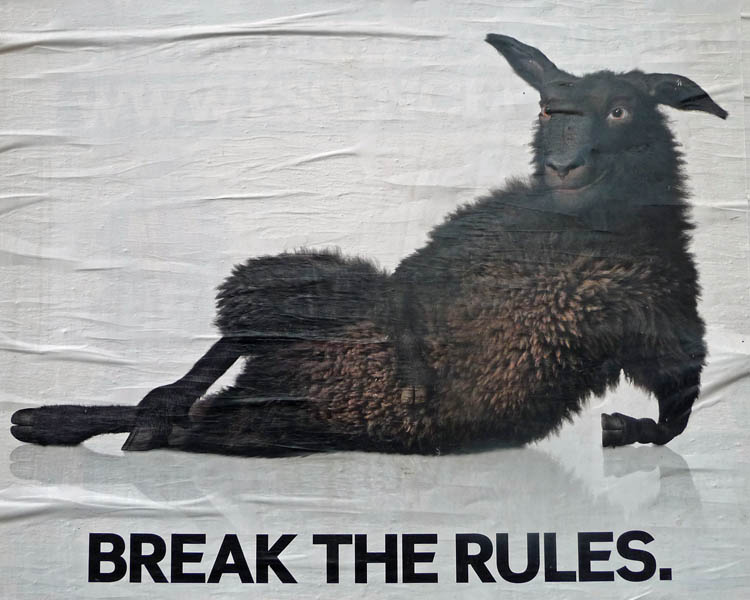
... and you will never have to work a day in your life." If you are not hat lucky, think about working as a volunteer in your vacation.
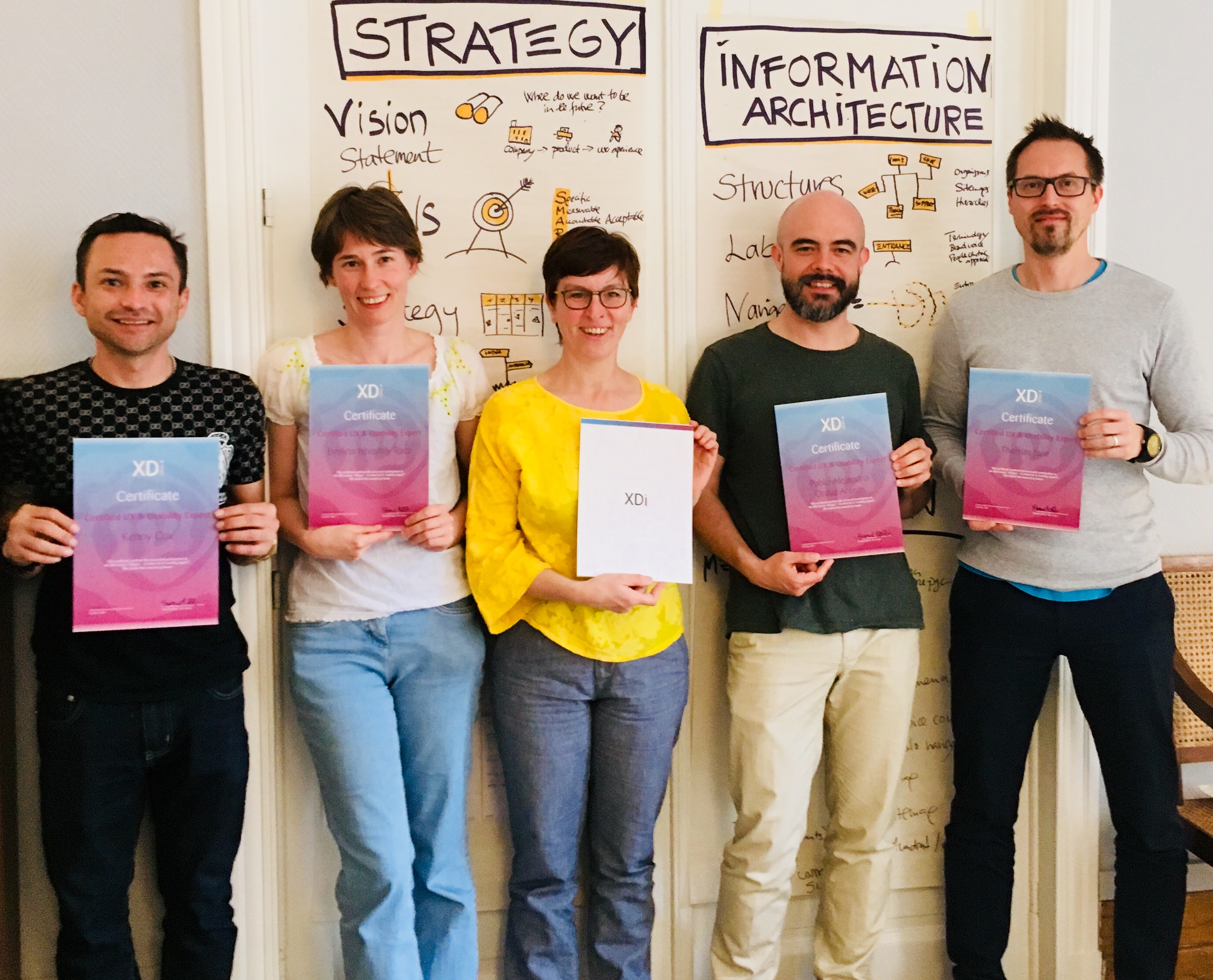
Join me for a hands-on training and learn a plenty of useful human centered design methods - it's fun! From 2 hour long webinars to 5 day long Google Design Sprints, I get your needs covered.

Yessss, I have successfully finished my User Experience Design course, a rewarding journey along the whole UX design process!

Book me for some hours up to a full week and learn a plenty of useful human centered design methods! You will not only get a lot of practice and have fun, but also understand why a collaborative and visual design approach makes sense to create better products.
NOTE: Seminars and classes can be held in German or English. Content will be designed to your knowledge and needs. Inhouse and external workshops are possible, in locations across Europe. Please contact me to discuss your indivudual needs.


If there would be FAQ of ux related questions, this might be the winner: "How to implement user experience and usability in my company, organisation, project?" As a UX designer, I tend to answer: "Well, it depends... on your company, customer, and context!" But in my projects I found some general patterns and pitfalls I want to share with you. These are my personal findings from my project experience during the last years:
1) UX IS A MINDSET
But how to change your mind?! We don’t have a switch in our head that we can turn on and off. Therefore, the implementation of ux requires a lot of change management with help of role models, evangelists, trainings, ...
For inspiration, check out this painting from Estonian's most known painter Navitrolla: "Change is hard but possible".
2) UX IS AN INTERDISCIPLINARY TEAM SPORT
No more silos! Be aware that the set-up of your team might change dramatically: You might empower new people and take away power from other people. This can cause some trouble you need to be able to fix by (re)defining job roles and processes.
3) UX REQUIRES DEDICATED RESSOURCES
It might sound obviously, but UX costs time and money! UX costs time and money! UX costs time and money! But the earlier you fix something, the less it costs in the end.
4) UX CAN BE LEARNED BY ALMOST EVERYONE
It’s not a trick, or such a big thing! If you train people properly and connect with real customers e.g. by user testing, your team is willing to learn. And the good thing: you can apply user centered methods methods on almost every problem. For example, I once created a customer experience map to improve internal processes (see -> WORK CUSTOMER JOURNEY).
5) UX HAPPENS OFFLINE
Don't PPT me! UX designers love to draw on walls, papers, post-it’s. To make the magic happen, provide and create special rooms and material. Don't worry, that's much cheaper than software licences for design tools!
6) UX IS NOT UI
This a a mantra. Please repeat 100 times a day ;-) My recommendation: better separate ux and ui roles and tasks not to mess up the process. If you cannot fill a 100% UX role, combine ux with another role such as scrum master, frontend developer, content writer, ... Find a poster to print out at UX is not UI.
7) UX IS A STRUCTERED PROCESS
UX is not magic, but combining a plenty of creative and analytical methods. Make use of agile methods such as scribble (c) to design and role play your individual process with sour team. See also Scribble - eine agile Methode zur Einführung und Umsetzung von Prozessmanagement in der Unternehmensorganisation.
8) UX IS ABOUT COLLABORATION
It's ALMOST ALL about close communication and co-creation with colleagues and customers. A good starting point to get used to collaborative and offline design is to run a GOOGLE Design Sprint.
9) UX IS A STRATEGICAL INVESTMENT
Therefore, it must be defined and reflected in your company's organisational structure: You have to implement one or more ux roles, and might need to hire a Head of UX or Chief Experience Officer (CXO) to set up a ux design team. And YES, you can measure ux and usability with KPIs and prove the ROI. Tip: Download this ebook from the website TESTING TIME WIE DU UX MESSBAR MACHST.
10) YES, UX CAN WORK WITH AGILE
My favorite approach is called Dual track agile. Read more about this concept and how to combine explorative WHAT-activities best with concrete HOW-activities in this article by Danny Vigil Dual Track Agile: Level Up Enterprise Product Design with UX Part 3.
WHAT DO YOU THINK?
Do you agree? Did you make the same experience? Or have any other insights? Looking forward to discuss with you!

WANTED: Ladies in user experience design to meetup locally! I had the pleasure to run my paper pop-up prototyping workshop at the Talk UX conference in Taipei. Organized by the local chapter of the worldwide Ladies that UX community, with 20 female speakers from around the globe, and many amazing local volunteers this weekend has been super inspiring!
As I believe in the power of role modelling and mentoring, I'd love to motivate you and join your local chapter. If there is no such existing, why not create one yourself? Everybody who wants to share ideas, challenges, and support is welcome to join!
I am happy to share my own experience with starting and running meet-ups. Please contact me.

Last year has been full of inspiring people locations, and events: These are my personal highlights:
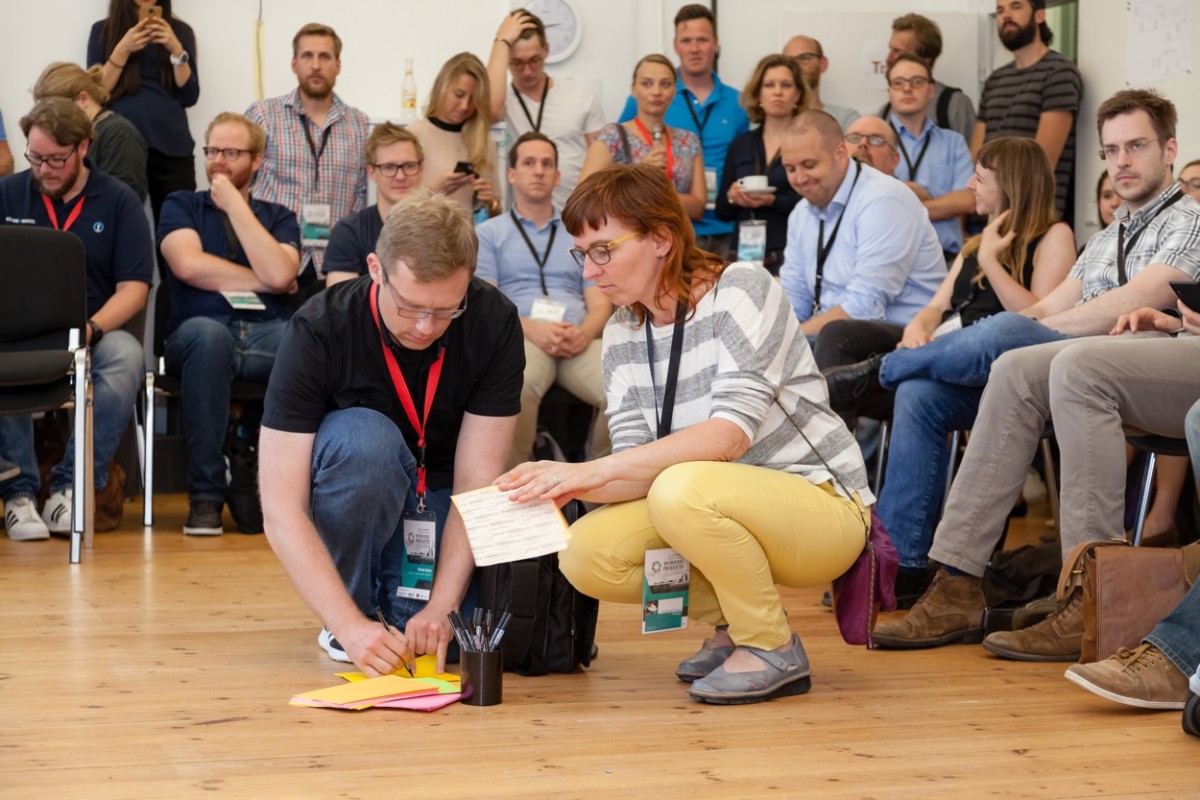
I was invited to report about the working Products conference. The innovative setting, organised by Rolf Schulte Strathaus and his team, made it easy to get connected, to learn from each other, and to share the pain and gain of digital product design. The former 2-day conference is now enhanced with 2-day online workshops.
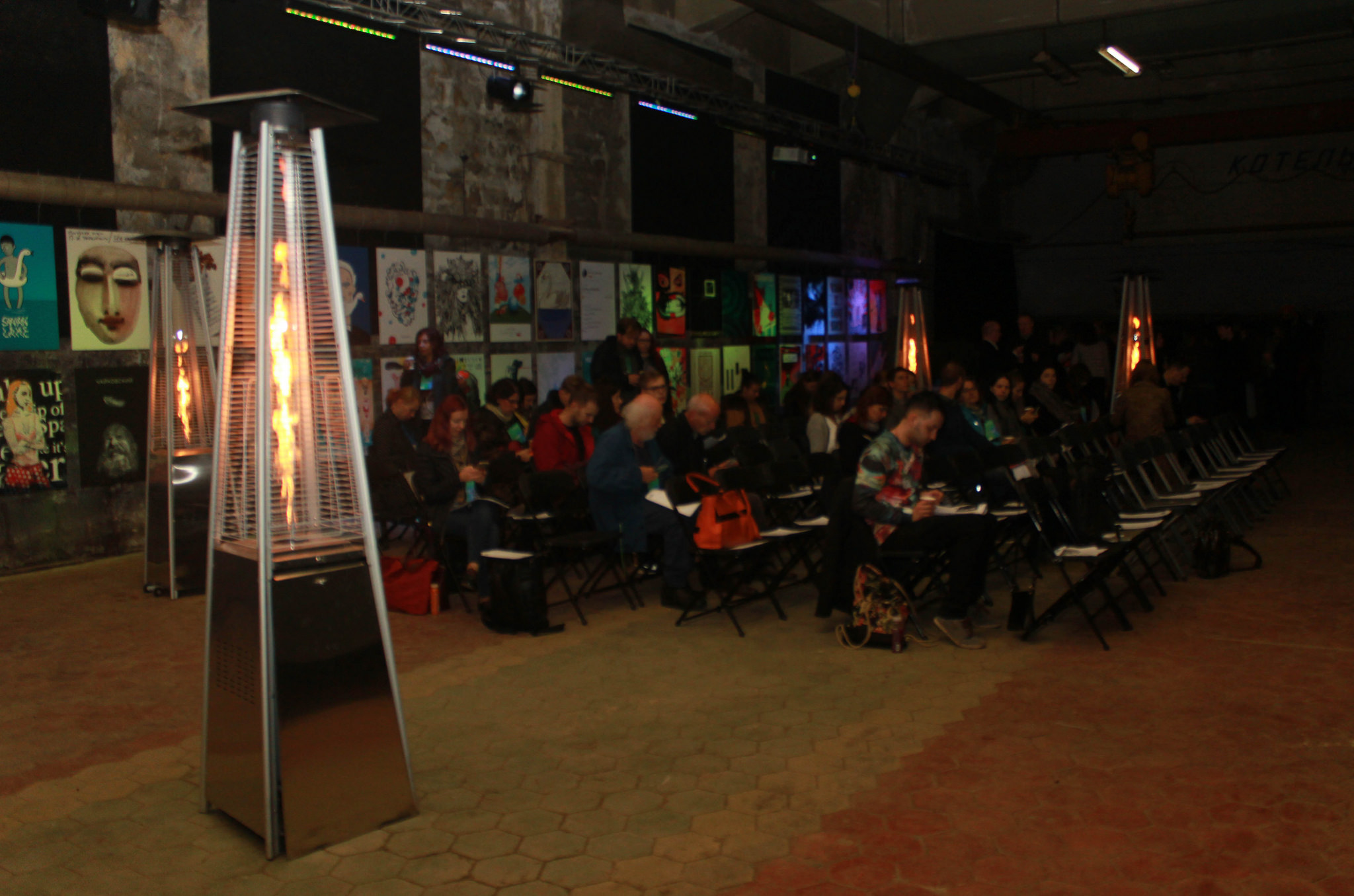
Covered in several woolen sweaters, I enjoyed Tallinn’s 11th Disainiöö at Noblessner, a former submarine factory. Today this relict from soviet time is a rotten location, but creative Estonian design community reuse and transform the historical place into something beautiful, with exhibitions of design products and projects, from up cycled textile to digital art. The Design Culture seminar showed how non-designers can shape the definition of experience design for a meaningful, human society. One of my favourite speakers was Jak Spencer, talking about how to change a dreadful bridge - well known for people committing suicide - into a place worth living, with help of designers and residents. Another great example was given by Christian Pagh from URGENT agency who created the open Swiss pop-up embassy in Copenhagen.

I had the pleasure to run my paper pop-up prototyping workshop Let’s get offline at the Talk UX conference in Taipei. With a diverse team of creative participants, 20 Ladies that UX speakers from around the globe, and many amazing local volunteers this weekend has been super inspiring! Many of the sessions have been recorded, one of my favourites is Elayna Spratley talking about How Agile Saved My Design Team from Disaster.

In July I was invited to join the Virtual Identity user love barcamp. It was a pleasure to train product managers, visual designers, developers, and many other great people in paper prototyping and user testing. Today I want to share my experience and insights so you can benefit, too. But first let me explain what paper prototyping from my point of view (not) is.
Paper prototyping is a fun way to prototype and test your design ideas with users. These to parts are inseperable, as the only puropose of a prototype is to be an inbetween version of a design idea or concept that needs to be validated, improved, or given up. From my understanding, paper prototyping is not sketching user interfaces in scaled templates, but so much more! To avoid misunderstanding, I call it paper pop up prototyping.
Watching this youtube video gives you a first understandig of the topic.
Hopefully you have done your homework, developed a primary persona, and written down her user stories? If yes, gather your team in a big room, staffed with tables and flipcharts, and walls to hang the prototypes, and provide enough of the following: flipchart paper, sticky post its in several sizes and colors, highlighters and pencils, scissors and glue sticks. Introduce the user scenario to your awesome team, split them up into at least 2 smaller groups of 2-5 people each, and spread out the user stories. Start with a quick ideation phase, avoid long discussions, and agree on one idea each team to concept as a prototype.
Note: To get a common understanding of what you are discussing about, which screens you need, how the interaction design and the ui elements will look like, it turned out to be helpful to visualise the first drafts of the screens on templates in small scale. Once this sketching is done, build your protoype in a large scale portrait format. Each screen is supposed to be represented by a whole sheet of paper.
Tip: Half size of a flipchart paper is a good size, and the grid raster provides some orientation. To avoid overloading the screens, and to keep your app as simple as possible, I recommend to use a mobile first approach.
Now that your brains have decided what to prototype, let your hands do the main work: Cut out shapes for all interactive elements, draw icons, buttons, and pictures, write down ui labels and texts, and stick everything on your canvas. Make sure to use post its for interactive elements so you can animate everything later in the testing phase.
Tip: Make sure your design is consistent throughout the whole app or website. You can agree on a color code, e.g. use yellow post its for all entry fields. But do not waste too much time on the visual design. Your paper prototype is still a simple mock-up! After the first test session you will recognize that your design is not final at all. You have just started the journey of continious iteration loops: collecting feedback, improving the prototype, and again testing.
This photo gives you an idea how the prototype building part of the workshop looks like:

The screens of your paper prototype are pinned to a wall or window, while animating the interactive elements such as pop-ups, dropdowns, and buttons is done with help of the participants. Tip:To run a successful test session, people need to change their role, and stick to some rules. I recommend testing the prototype of one team with a test proband from the other team, and then do it vice versa. Plan enough time so every team has the chance to get feedback on their design. And plan enough time to prepare the test session as follows:
Roles you need to staff
Things you need to organize
Rules to follow
Here you get an idea how the user testing will be done:
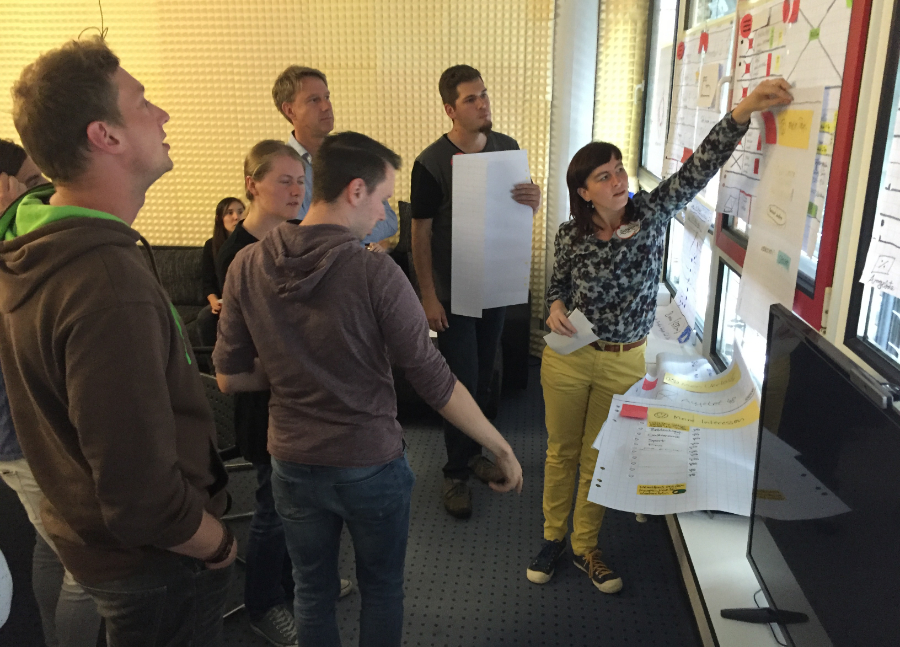
After leading many paper pop up prototyping workshops I discovered the following: it's not only a great method to co-create applications with users and customers, but also helps to implement user testing as a mandatory step in the product development process.
Here is some feedback that I got from my participants:'It was great working together with my colleagues in this awesome space, instead of spending another day alone behind my monitor!'
Paper pop up prototyping is a lot of fun! Cutting out forms, drawing on paper, and sticking screen elements together makes you feel young, like you where playing with friends in your childhood.
'Now I have a much better understanding of what my colleagues are doing in their daily job, and what challenges they have to face!'
Team building is actually an important side effect of every good workshop. In addition, never underestimate the power of bringing people with different background together! Espacially for teams that work remote, putting everybody together in one place from time to time is usefule to get a common understanding of what you are working on, and will make inconsistencies in design obvious.
'Love it! Today I talked to my customer about our workshop, and we want to use this method in our current project!'
Visability and promotion: Participants will definitely talk about their workshop experience, and they will for sure spread their design ideas. You will get more feedback and support almost for free.
'Test, test, test - whenever possible, and with everybody who wants!'
We learn by experience: You can not convince people by talking about, better let them go through themselves. Who ever has observed how a user actually doesn't manage to succeed with the prototype he build, will be more likely to adopt the feedback and improve the design.


Letzte Woche fand die jährliche Frühjahrstagung der UIG statt: Connecting the Dots - Vernetzt UX und Management! lautete das zentrale Thema der Veranstaltung. „Wie lassen sich User Experience in Softwareentwicklung, Produktmanagement und Unternehmenssteuerung integrieren?“ die zentrale Frage. Über 200 Gäste sind am vergangenen Mittwoch der Einladung des Vereins an die Universität gefolgt. Auch ich habe im schönen Ambiente im Mannheimer Schloß viele anregende Vorträge gehört, jede Menge nette Menschen kennen gelernt und konnte Freud und Leid des UX-Design-Seins teilen. Besten Dank! Auch nach dieser Tagung stellen sich mir viele Fragen: Hat sich der Besuch gelohnt? Komme ich nächstes Mal wieder? Vor allem aber: Was bleibt? Zeit für einen kleinen Rückblick, Ausblick, Ideen und Wünsche!
Usability und UX Design sind interdisziplinäre Themen! Da wundert es kaum, dass Menschen aus ganz verschiedenen Rollen und unterschiedlichen Beweggründen teilgenommen haben. Diesen Personen* bin ich begegnet:
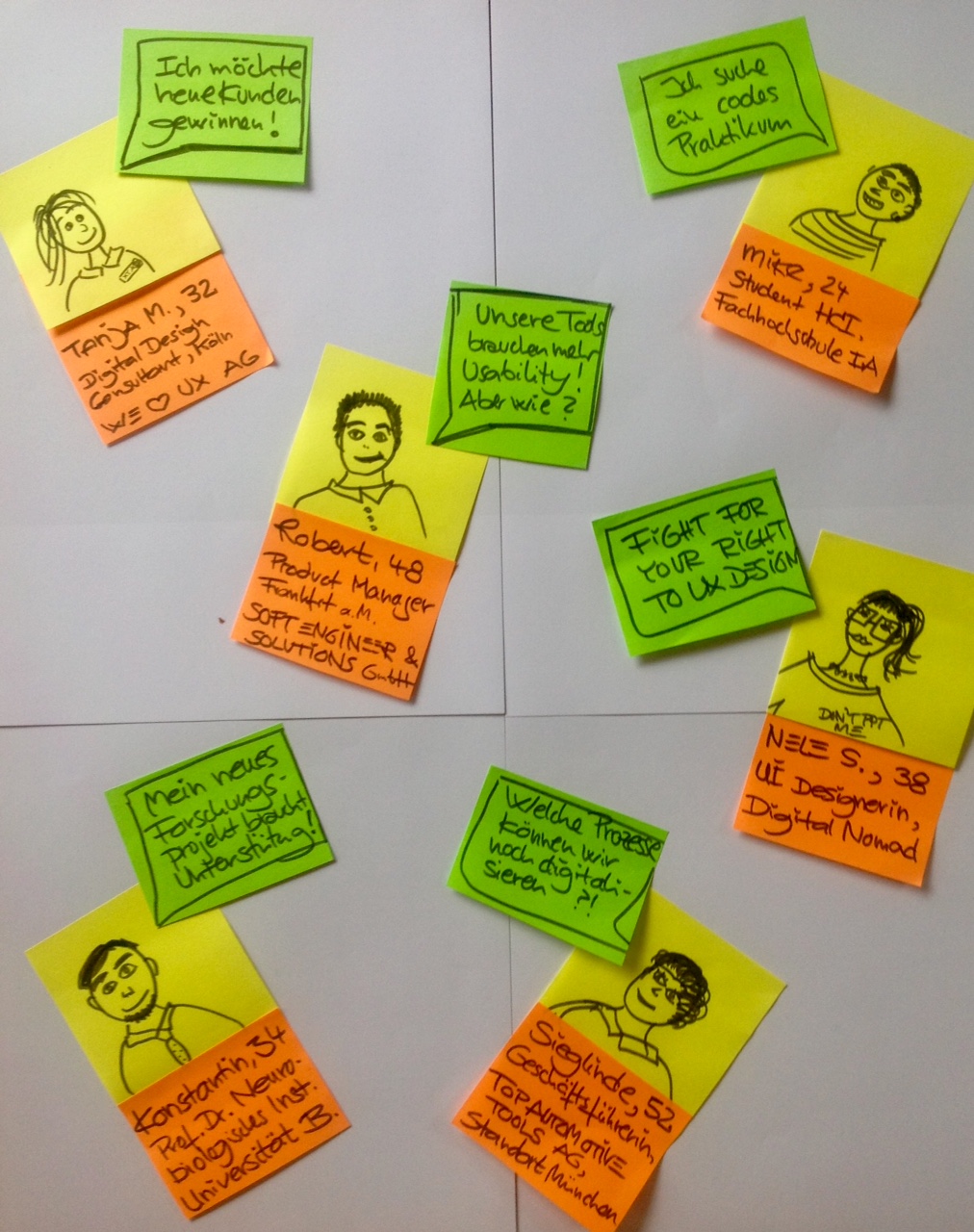
*Nein, das sind keine Personas – nur meine eigenen Begegnungen, anonymisiert.
-> Wen haben Sie getroffen?
So vielfältige Menschen bringen ganz unterschiedliche Bedürfnisse und Erwartungen mit. Für die Veranstalter keine leichte Aufgabe, allen gerecht zu werden. Das waren meine guten und weniger guten Momente:
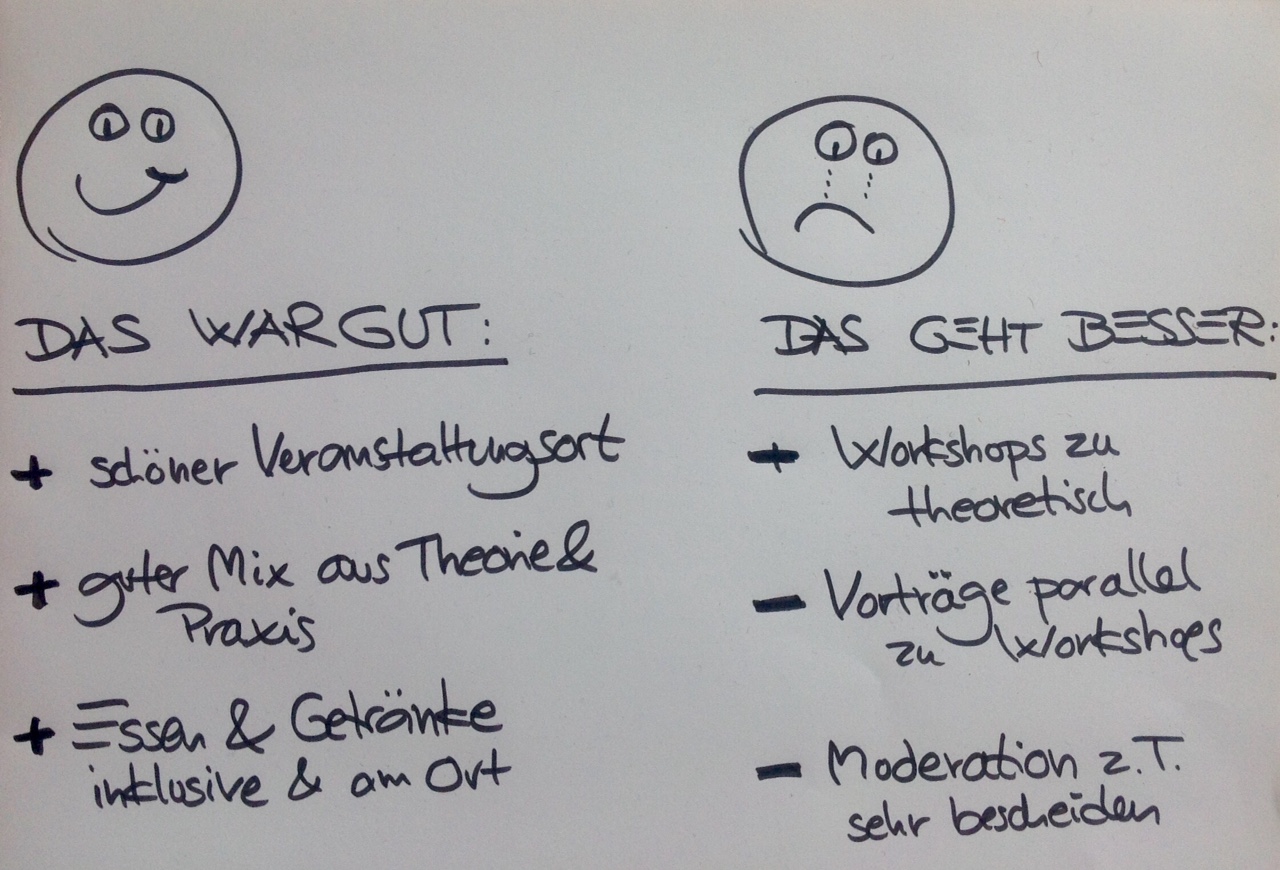 -> Was hat Ihnen besonders gut gefallen? Was fanden Sie nicht so gut gelungen?
-> Was hat Ihnen besonders gut gefallen? Was fanden Sie nicht so gut gelungen?
Mit etwas Abstand würde ich die UIG-Tagung rückblickend so gestalten:
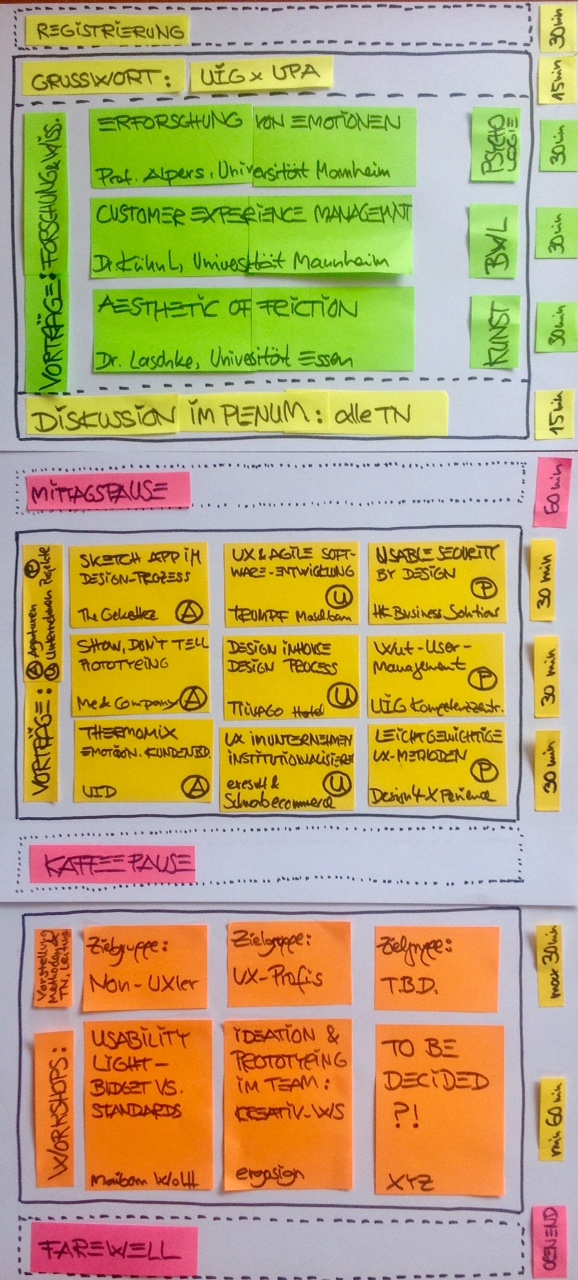
Beim Re-Design haben mich besonders diese Fragen beschäftigt:
Was bedeuten die Forschungsergebnisse für meine praktische Arbeit?
Vorneweg: Ich finde den Ansatz der UIG, Praktiken zur Verbesserung der Software-Entwicklung und -Nutzung wissenschaftlich zu fundieren und durch Weiterbildung zu verbreiten, sehr gut!
Sehr gelungen fand ich auch die Auswahl der Referenten aus Psychologie, BWL und Kunst.
Deren Vorträge wünsche ich mir allerdings etwas gestraffter (beschränken auf Ergebnisse, Vorgehen kürzen?).
Dann könnte anschließend eine gemeinsame Podiumsdiskussion im Plenum stattfinden!
Anmerkung: Ich habe Dr. phil. Matthias Laschke (Fachbereich Gestaltung, Folkwang Universität der Künste) zu den Wissenschaftlern geschoben.
Die anderen Vorträge habe ich zu diesen Blöcken zusammengefasst: aus Agenturen (A), aus Unternehmen (U), aus Forschungsprojekten in Unternehmen (P).
Wie kann ich die vorgestellten Methoden in meinen Projektalltag integrieren?
Mir hilft am besten: Anschauen, Ausprobieren, Anpassen!
Toll, dass so viele Workshops angeboten wurden - schade nur, dass diese parallel zu den Vorträgen lagen.
Und teils auch noch dieselben Inhalte hatten.
Ich selbst konnte nur nachmittags bei Design4Xperience mitmachen.
Leider wurde dort nur eine einzige Methode für 20 Minuten ausprobiert - das ist viel zu wenig!
Da wünsche ich mir ein umgekehrtes Verhältnis von Theorie und Praxis.
Und Angaben zu Vorkenntnissen und anvisierte Zielgruppe, z.B. „für UX-Beginner, Schwerpunkt Prototyping“.
Wie kann ich mich nachhaltig weiter mit den Themen beschäftigen?
Bei einer parallelen Programmgestaltung ist es unmöglich, alle Vorträge und Workshops zu besuchen.
Leider haben nicht alle Referenten E-Mail-Adressen gesammelt, um ihre Inhalte zu teilen.
Warum nicht alle Vortrags- und Workshop-Folien als PDFs sammeln und zentral auf der UIG-Webseite veröffentlichen?
So ist es auf anderen Veranstaltungen mittlerweile üblich. Ich schaue mir zudem auch gerne Video-Mitschnitte an.
-> Wie sieht Ihre ideale UIG-Tagung aus?
Reicht Ihnen ein Tag? Oder lieber ein Extra-Tag nur mit Workshops? Könnten Referenten ihre Vorträge mehrfach halten? Haben Sie auch eine Stellenbörse vermisst? Warum gab es keine Goodies, z.B. Rabatt auf Sketch-Lizenzen? Welche Fragen haben Sie sich gestellt?
Ich bin gespannt auf Ihre Meinungen und weitere Ideen!
PS: Nein, das ist keine offizielle Stellungnahme für die UIG, sondern mein ganz persönlicher Post. Damit möchte ich einfach zur Diskussion und zum Mitmachen anregen.

To explore the myths of information architecture (IA), I made a trip to Switzerland. Even the venue at the Toni areal (Zürcher Hochschule der Künste) was a great place to meet and discuss, the Swiss conference wasn't about real buildings. Anyway, if you don't make your way through that complex building but get lost instead, this might be caused by poor information architecture. Finding specific information on a website while surfing hundreds of pages online can be a similar challenge as discovering a new city in a foreign country: We don't find what we are looking for, or even don't know where we are, because we don't understand many words or signs yet. To me, navigating through virtual rooms and reality doesn't make a big difference: An application or website that is easy to use can make me feel home like any other place on earth because I am familiar with.
Actually, good information architecture (IA) lets you easily find what you are looking for in any (digital) system. IA also offers content in an understandable language that comprises text and graphics. In short, IA is done in every project where things must be structured and ordered in a way so users can easily interprete and understand them. Therefore, professional information architects can help you structuring the menu of your favorite pancake restaurant, designing the landing page of an e-commerce website, or creating the wiki of your company's intranet.
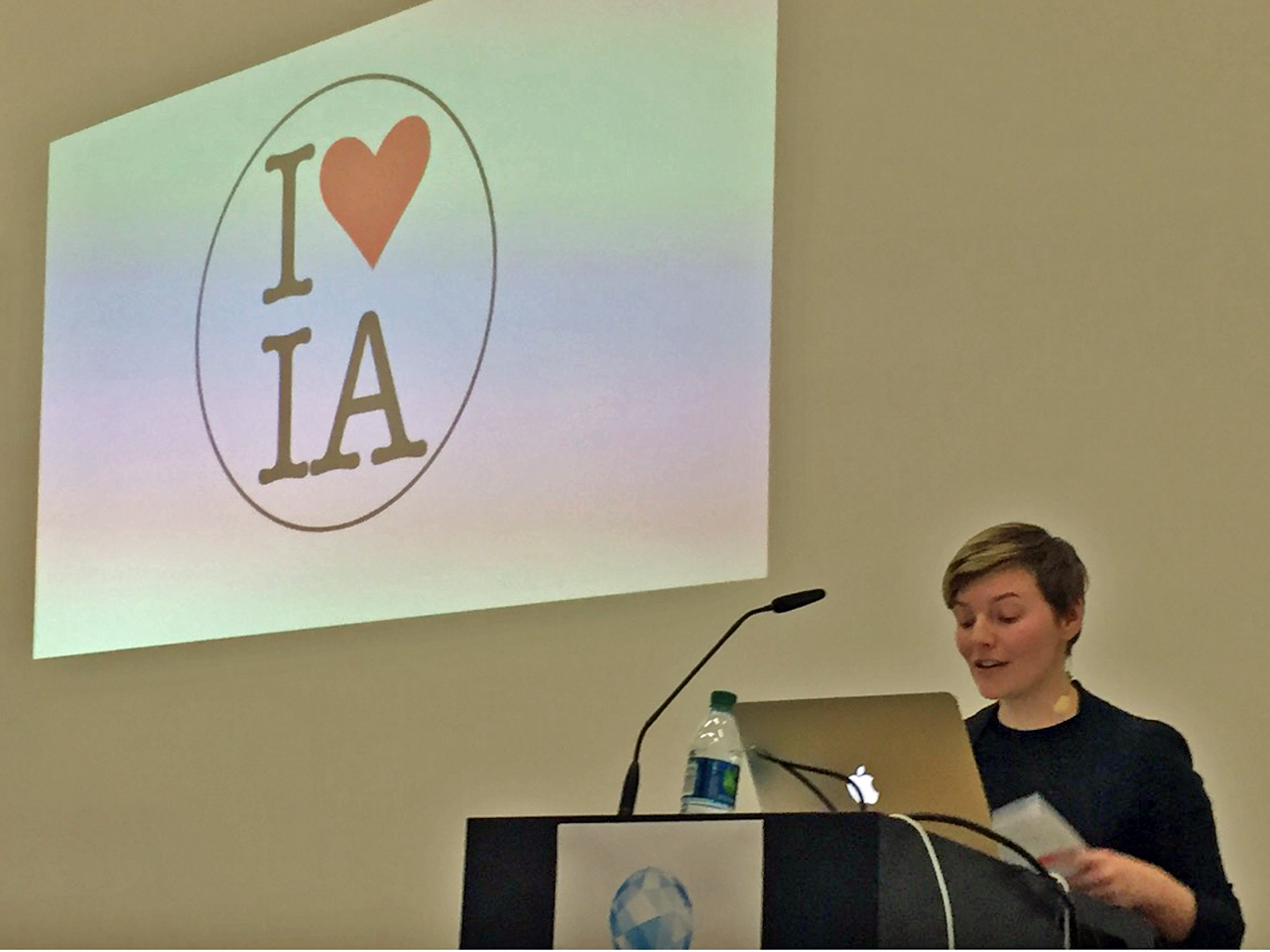
At first, Abby Covert's statement might sound confusing! People think of information usually as data, content, or even truth. But in her workshop on the World Information Architecture Day in Zurich, Abby the IA made clear that what we call information totally depends our individual perception – and therefore is nothing but a concept of our reality. For example, we fill up information gaps with our former experience, or draw conclusions from what we have learned so far. Abby is not only a passionate IA ambassador and author of the book How to make sense of any mess, the American is also president of The Information Architecture Institute. In her engaged keynote at the Swiss conference, Abby enlighted common misconceptions about IA to the diverse audience:
|
Misconception #1: IA is UX / UX is IA -> IA is actually an important part of UX -> it can be done by UX designers, too |
|
Misconception #2: IA is hierarchy, and hierarchy was killed by search & social media -> even menu bars are hidden and structures simplified, they still exists -> there is hierarchy even on a single page website |
|
Misconception #3: You cannot practice IA in an agile or lean-startup environment -> IAs need to solve semantic and structural arguments -> discuss language and structure in every sprint session |
|
Misconception #4: IA is a phase on the project plan -> IA is an iterative process step -> IAs need to be flexible in their recommendations |
Another quote from another amazing speaker: Natacha Hennocq, UX design strategist at Orange, Paris. To show which areas of our brain are involved in memory processing, Natacha contributed research results from neurophysiology and cognitive psychology. Experiments with rats have proven that to know where you currently are, you have to know where you have been before - time is linked to space. While our working memory deals with short time memory, the declarative memory is responsible to recall information. Our semantic memory is the place to store pictures. To keep in mind how things happened, we use our episodic memory: we create a whole story by using cognitive maps and methaphor building. So, if you think about UX design, this might give you some ideas why user flows and storytelling should play an important role in the design process!
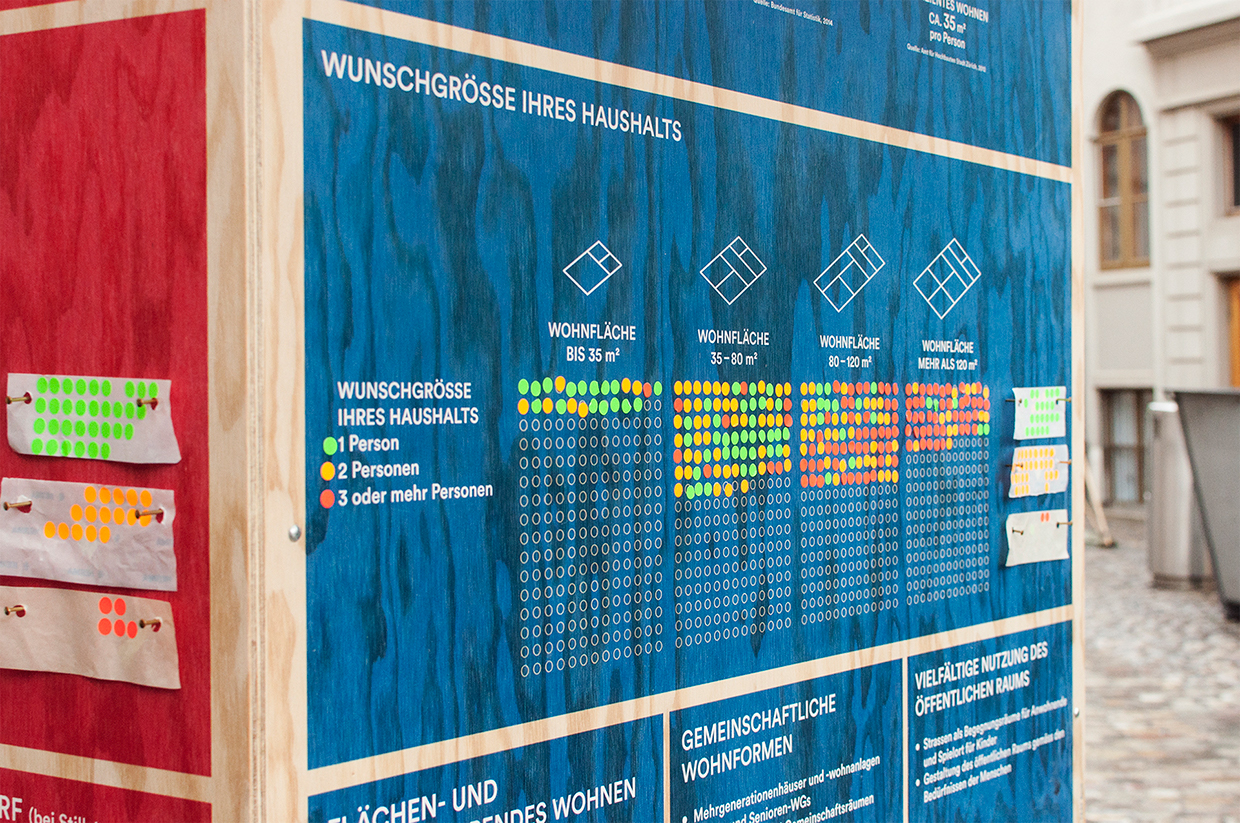
There have been a plenty more inspiring talks than I am able to sum up here. But, among many others, just to mention the Lithuanian information designer Indre Grumbinaite who presented a showcase of her company located in Basel. After a detailed analysis of content, goals and target groups, her talented team developed a creative strategy and turned a "simple" customer request to publish research results as a book into an interactive digital platform, accompied by offline content in public space. This ingenious cross-media approach motivates people to create content, share knowledge, and contribute feedback.
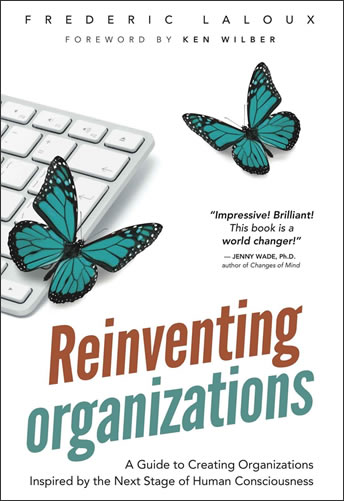
Swiss service designer Zahida Huber talked about another challenging turnaround: the managaging directors of her employer Liip, a fast growing software and design agency, want to replace paternalistic behaviour by a culture of cooperation. Inspired by Frederic Laloux' book Re-Inventing Organizations, Liip's vision is a self-organised company managed by interdisciplinary teams, without need for leaders and central control. That means, after consulting and discussing with others, everybody can decide about everything. For example, teams define their size and which new colleague to hire. Zahida's tasks comprise encouraging and enabling more then 130 employees to participate and design a company where all individuals takeover responsibilty for their actions. How to implement transparency about how salaries are definied, set up a culture of mentoring, and develop an infrastrucure for collaboration? These are only some of the exciting tasks Zahida as a service designer is currently dealing with. I am really curious about how Liip's experiment will work out!
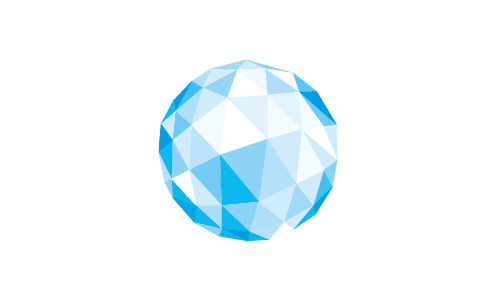
If you want to join the discussion among project leaders, web developers, content marketers, UI and UX designers, and of course information architects, about trends, facts and visions of IA, you should definitely schedule your participation for next year!
A big thanks to Fabienne Gafner, Andrea Rosenbusch and Laura Sgier, and many other volunteers for organizing this amazing WIAD in Zurich.
To get started with visualising, you just need some sheet of blank paper and at least a black marker with a chisel tip and a fineliner tip. Equipped like that on a longer journey by train, I found myself surrounded by a 7 headed refugee family. Even exhausted from finding their way through Europe, the children couldn't sleep - everything was so exciting! They did not understand any German or English, so how could I entertain them? Without wifi, watching a movie on my notebook wasn't an option.
I remembered that I put some markers in my backpack to practice sketching while abroad! I took my pens and draw down just what came into my mind: a dragon, a train, a ship... Both children watched me couriously, and I gave them my sketches, some sheets and pencils. It didn't take long time, and the girl started to draw. When they had to leave, they proudly packed their pictures, gave me an amazing smile and this cute art work:
Let's keep in mind that as children we all were able to sketch! We have just forgotten about, or feel ashamed cause our skills are considered not beeing perfect enough.
Start with some warming up exercises like in your sport class:
| First make a set of parallel lines |
| Second, draw circles and fill them with parallel lines |
| Third, draw a set of common emoticons |
Simply by combing those elements you can bring a human being to life - just like the little girl did!
In the next step you might consider creating an alphabet of common visuals to illustrate real and abstract things of your daily work: a notebook, a project lead, a method, ... If you want to get more familiar with sketching, take a look at the bikablo academy. Want to play with colours? Consider buying a set of professional file markers. To check how my sketching skills developed, download my services sketch book (PDF)
.
... and you will never have to work a day in your life." At first sight, working in your vacation might sound a bit crazy. Don't we take time some off to forget about work? Definitely! But if you are a kind of workaholic, it's not that easy doing nothing, even on days off. Rethinking our definition of work should also include our definition of vacation. Let's break the rules and follow me on my volunteering trip!
IT jobs with projects under tight deadlines and travelling to companies' or customer's sites during the week don't give you many options to engage regularly in a club, or even for hobbies. Weekends are mainly reserved for meeting friends, family, and partnership. What about your vacation? For me, doing nothing and hanging out at the beach all day long has never been my favorite. Instead I love to travel, meet new people, and discover daily life in new places, other cultures and countries.
As I never managed to cover all my interests in one job, some years ago I decided to take a volunteering option. I always loved gardening [at the age of 19 I wanted to become an organic farmer], but my dream of an own farm house did not turn into reality yet. That's and because I love Estonia's amazing nature and people, I applied to volunteer at a sheep farm via WWOOF (World wide options on organic farms). The agreement was to work 5-6 hours a day for free food and a place for my tent.
My job was mainly to help in the garden where my host was growing tasty vegetables, berries, and fruits. Beeing a shepard was quite unspectacular: regularly guiding the heard back to their pasture once they ran away, and identifying sheep accoording to the ID clip in their ear - by the way, a great option to learn Estonia's number system :-) Some days I worked with the family's daughter who canceld her architectural studies in Tallinn to go back home, helping on the farm and enjoying rural life.
During my stay I recognized that being a self-sufficient farmer is the most ancient and tricky version of being self-employed: what's on your table for eating every day completely depends on your skills, the weather, the animals and land you own. I left with full respect for all people who dedicate their life to organic farming.
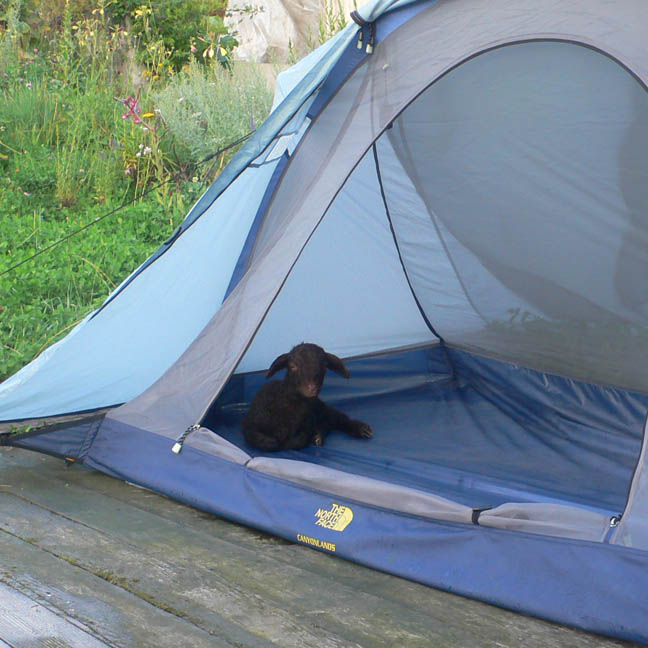
Last year I have been to the UX conference in Lisbon and was lucky to add some days off after the event. I was thinking to stay in a rural place in nature but did not have much time to prepare anything. Somehow my volunteering experience came to my mind, and I signed up on the work exchange platform Workaway. Checking the Portuguese host list, I stumbled into an ecotourism farm that was supposed to open next month. The sisters Joana and Susana were in urgent need for helping hands so they could officially start their sustainable tourism project as planned. Their offer attracted me immediately, and I sent them a short mail. To my surprise I found myself on the Acores three weeks later - together with other volunteers staying at the holiday resort Quinta do Bom Despacho in São Miguel's capital Ponta Delgada, at the very heart of the Atlantic Ocean.
Even the opening was planned for the first of July, the large farm house that was originally built in the 1700s, was still under construction. Every day the whole resort turned into a beehive: Carpenters regularly entered the object, to install the electricity or to build upcycled furnitures. New people joined regularly, helping for some hours, cooking and eating together, while others were leaving. Joana, the amazing manager of the project, welcomed everybody with a warm hugh. Even I arrived late after midnight; she gave me a private tour through the estate and introduced me to her plans and dreams. In the garden, there was already a natural swimming pool, a fireplace and a barbeque, and a lot of vegetables, endemic plants and compost places.
Our main job as volunteers was planting and watering, building up a henhouse, and painting the walls of the sensual garden. Joana was great in involving everybody to contribute individual skills: while in the afternoon kindergarden groups helped planting and learned about growing food, university students could participate in a volunteering program during their vacation. A French PR and marketing professional on her sabbatical set up a social media channel (hi Livia :-) Look out for #happysustainable on instagram!
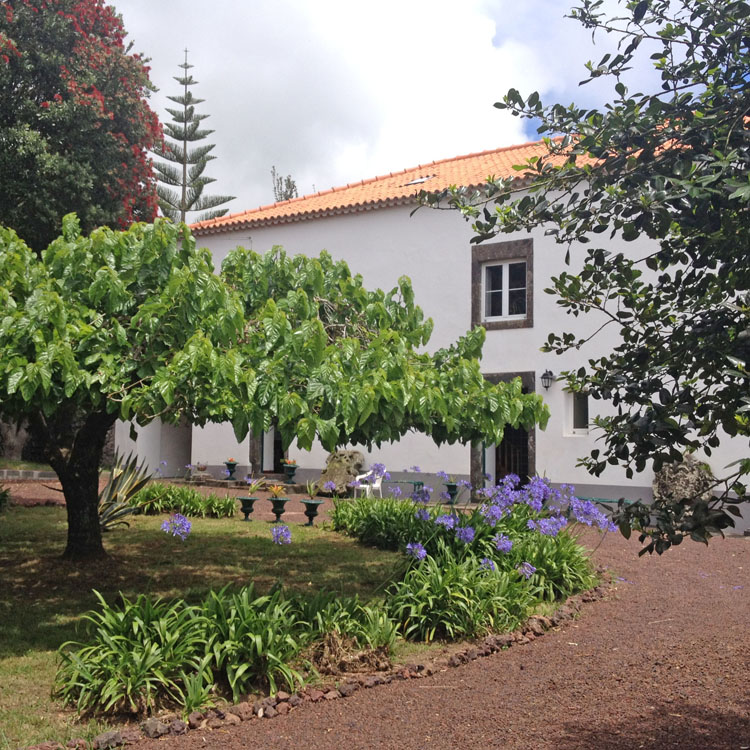
I have been working in technical writing for more than eleven years, mainly as a freelancer, and during the last two years as an employee. The reaction of most people about terminating an unlimited contract in Europe´s biggest software company was not only surprise, but more often horror and fear about my future: How could I give up all these obvious advantages: a representative company car, an additional pension, and a good salary with generous benefits?
As I don't give much about cars but love motorbikes, the first thing was not the hardest to forget about. Thinking of my pension has never been my favorite activity. Even my salary was quite fair, I felt that all the cool stuff that I owned in the end didn´t make me much happier.
Last but not least I am a person that wants to leave a lasting positive impact which is caused by my INFJ personality - see What´s your true color?
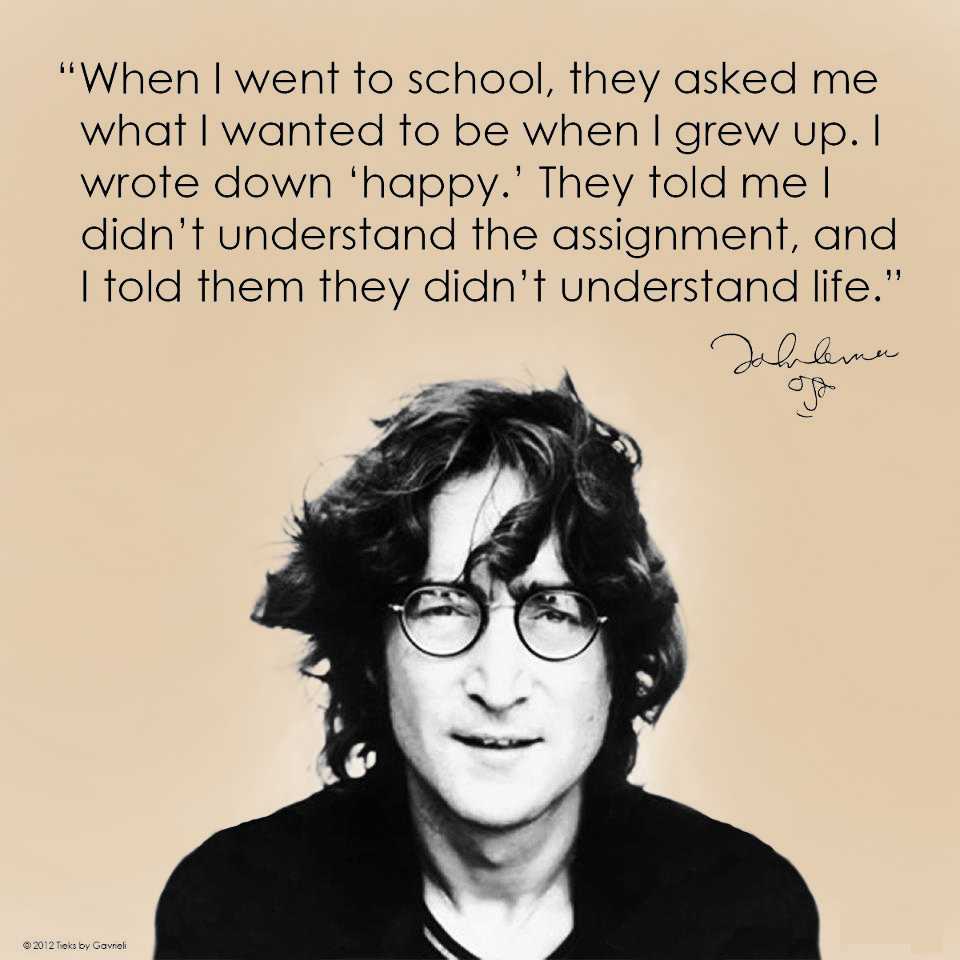
To find out how my dream job should look like, I tried to answer a couple of questions. Some of them are still under development, and I am still missing some appropiate answers ;-) Let's go and create my dream job - you might find yours, too! I participated in many conferences, workshops, trainings, barcamps, met other designers, searched cooperation partners, and had some job interviews. This helped me to create a vision of how my future job might look like.

My last employer once started the poster campaign 'Run better' to share a personal job motivation. I still know the motivation that once made me run - helping users to understand complex software - but in my position I didn't feel that I was able to implement it due to organizational changes, meetings that disrupted my daily business, and projects that ended up in the paper bin. And there have been three things that annoyed me as a technical author: a lack of contact with my readers, writing in English which is not my native language, and poor influence on the product itself.
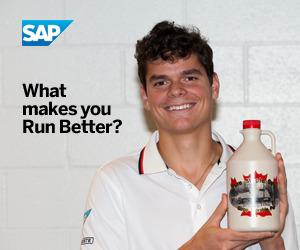
Answering this question ended up in an impressive list of all skills that I once acquired, such as building my own kayak, founding a start-up business, and helping others with social activities. On the one hand I was proud of what I had achieved so far, but on the other hand I thought: 'If life is like this, I could learn quite everything I want!' I felt lost because the world offered me too many options - maybe a first world problem only ;-)

An article about a business coach and career choises lead me to the next question. But choosing my favorite activities was not that easy. By creating a mind map of my skills I recognized their relationship. I looked closely at every single item, thought about how important it was to me, and decided that it would make sense to focus on a maximum of three. Slowly a red line appeared that turned into the backbone of my current services.
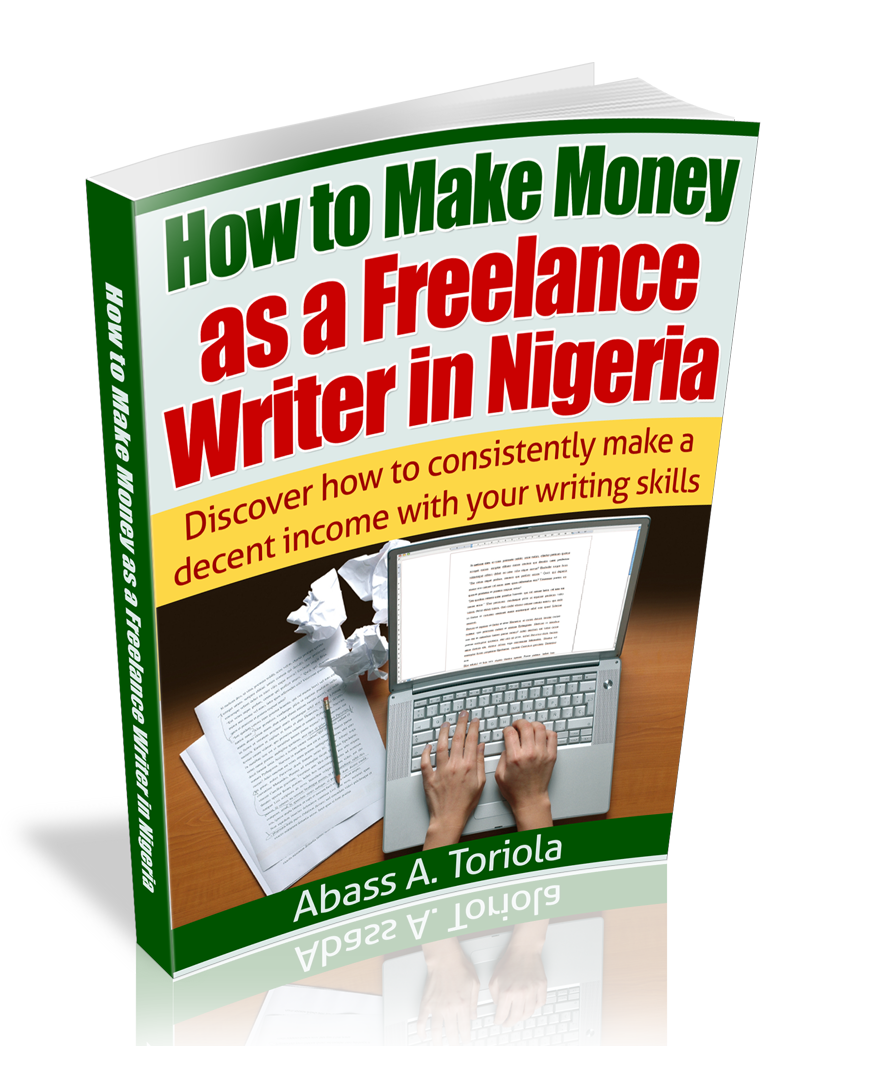
That question was not so hard to answer, because most developers have a deep technical and mathematical understanding but a poor idea how the actual business looks like [sorry for any generalization, I honestly love people that code!]. My new mission therefore reads: 'I help software companies to design easy-to-use applications.' You might recognize that there is no big difference to my mission as a tech writer: The focus is still on the user, but there is a clear shift from the finished product to product development.
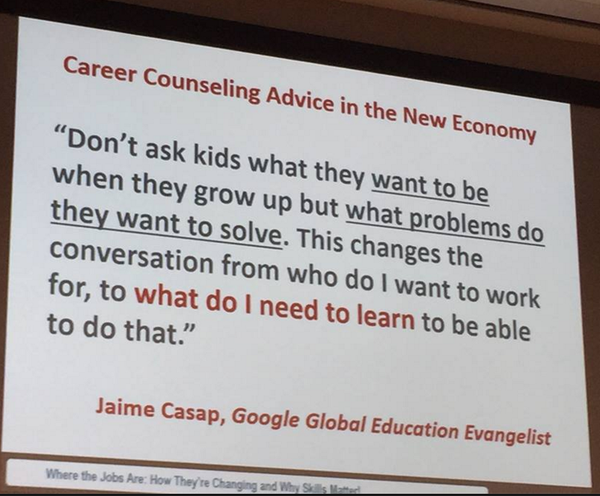
My interest in nonviolent communication lead me to this question, maybe the most important. I would everybody recommend to start with this. But first, please let me introduce an amazing character, the American clinical psychologist Dr. Marshall B. Rosenberg (r.i.p.). According to Rosenberg's concept, every human being has a set of universal basic needs, such as shelter, equality, and to be understood. Our needs trigger our feelings - what feelings we have depends on how we are able to satisfy our needs. To satisfy our needs, we apply individual strategies or preferences. From his theory, Rosenberg developed a communication method to solve conflicts, to raise understanding, and bring back peace and love into relationships, teams, and even large (ethnical) groups.
While getting more familiar with nonviolent communication (much fun playing the giraffe and the wolf ;-), I had the idea to think about the needs that my new job ideally should satisfy. Once I became aware of my needs - such as meaning, participation, and self-expression - I recognized that it's much easier to develop suitable implementation strategies to decide about how, where and with whom I want to work.

Btw you can book me as a coach to explore ideas of how your dream job might looks like and develop a strategy to get there!

After nearly five month of research, creating drafts and sketches, several user tests and final polishing, I am proud to present the result of my CareerFoundry's UX Design online training: Covering the whole UX process, I designed my first web application called TASKLY.
Because a lot of project management tools for professional purpose – such as ASANA or BASECAMP – are successfully established, I decided to design my app for private users. Therefore I implemented so called project templates, for example to organize your world trip. Every template consists of predefined tasks and is easy to customize. Users can export task lists and share and collaborate even with offline team members. For a closer look please check my Behance project.

"Rather than having a day of scheduled speakers, you are given the opportunity to present yourself. The goals is to share what you know, learn from others, and ignite discussion."
One of my favorites barcamps is the Swiss UXCamp, happening in Zurich ususally in May. This non-profit event is organised and realised by volunteers. You can find me there, too :-)
The international Agile Lean Europe unconference and the Working Products in Hamburg are two other, amazing self organized events I can highly recommend to anyway creating digital products.

It was in 2015 when I switched my career from software documentation to UX. One of the first things I did was travelling to Lisbon, Portugal, and visit the UXLx conference. Looking forward to meet you again in a workshop or discussion at the User Experience Design Conference in Lisbon!
Even our personality is not a stable, life-long lasting construct, psychologists have invented many tests and methods that can help to describe our personal character. Here is a summary of some popular tests I went through to find a new job - and love :-)
True colors is a method to become aware of your personal characteristics and preferences. Once in a team building workshop I recognized my true color is GOLD with of shades of ORANGE and BLUE:
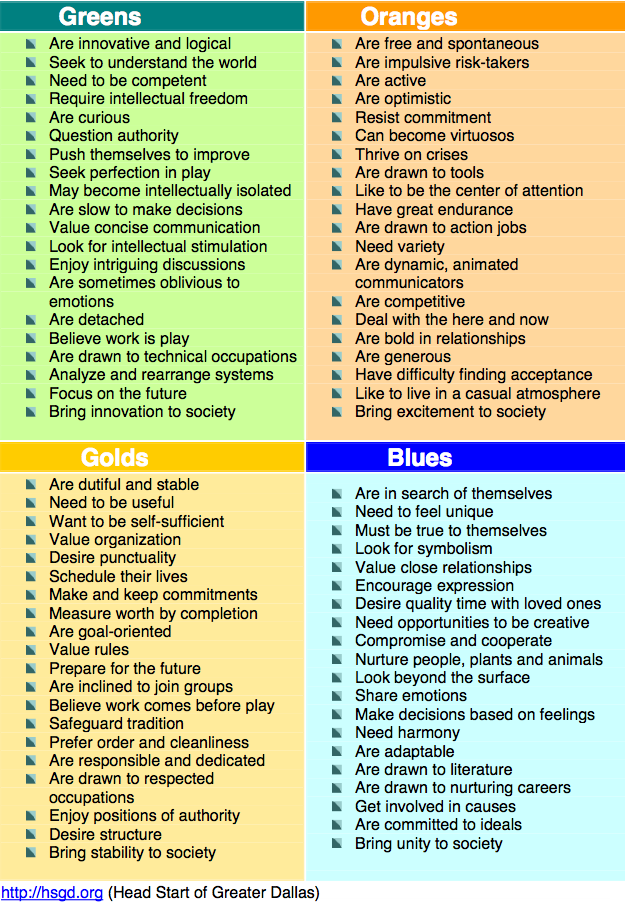
Want to discover your true colors and find out how this insight helps to build a great team? Read a brief summary on slideshare.
In online profiles, you might have stumbled across acronyms like INTP or ESFP. Ever asked yourself what do these four mysterious letters mean? According to this theory, people can be classified into the four personality types analysts, diplomats, sentinels, and explorers. Each type groups four personalities, such as the logician / INTP, or the entrepreneur / ESFP. My personality is the advocate / INFJ:
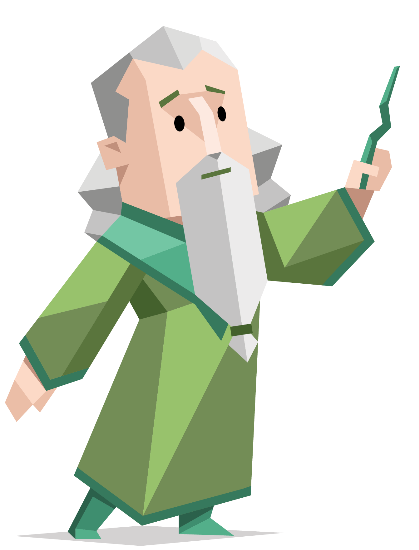
"Quiet and mystical, yet very inspiring and tireless idealist."
I was not surprised about my recommended career path including job roles such as counselors, psychologists, and life coaches ;-) Get your own description of who you are and why you do things the way you do from 16 personalities.
Once I applied for a job as a user researcher I was asked to take the Predictive Index® test. Recruiters often use this method to check if the job requirements match the applier`s personality. The test is just a free of choice self-assesment of adjectives that describe your personality, such as helpful, brave, or reliable. The PI matrix consists of the four primary personality constructs dominance, extroversion, patience and formality to explain your day-to-day workplace behaviors:

My first impression was that this method is quite shallow, but unfortunately I was not given my personal PI result yet. So I am not able to make a sound comment :-/
This gives you 7 reasons why you should date a UX Designer!
